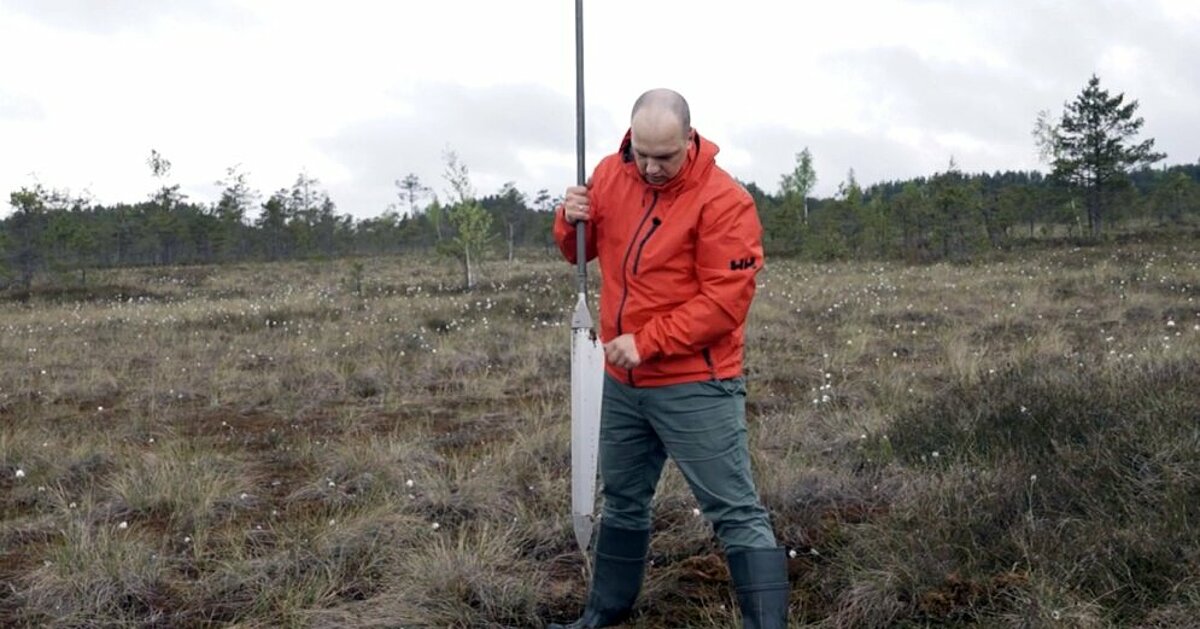Bogs consist mainly of sphagnum moss remains. Every year a new layer of sphagnum moss accumulates on top of previous, and this has been the case since the glaciers retreated some 15 000 years ago, making peatland as wonderful archives of natural history. Part of Stivriņš daily work is paddling through this "natural history archive" and collecting samples. Then there is the patient, sometimes seemingly monotonous work in the laboratory. "In the Teiči Bog, at the depth of about 63 centimetres, I found ash from the eruption of Askja volcano which erupted on 29 March 1875," he says. It was like looking for a needle in a haystack. "It took me over a month. I sat at the microscope and couldn't find anything," the researcher says, admitting that at one point his hands lied down. "But I thought, "I'll try again tomorrow". The next day, at the very end, I saw one particle of ash – it couldn't be mistaken for anything else. The feeling was indescribable – there it is! Volcanic ash has finally been found in Latvia."
This kind of work requires a lot of patience – peat sediment samples of bog material is broken down centimetre by centimetre, and each material is prepared for examination under a microscope. There were 300 such samples in total, and only two can be studied per day. "Sometimes it feels like working with empty air, because you don't know beforehand whether the sample contains ash or not."
If you find what you are looking for, you should carefully remove the ash particles by hand, stick them on a very small piece of sticky paper and polish the surface with diamond sandpaper. This paper with the sample is then placed under the laser. The laser destroys the ash particle, but in the process gases are produced and, by analysing them, the chemical composition of the ash can be determined.
This composition can then be compared with other samples in a large database of volcanic ash, and it can be determined which eruption the ash came from. This is how it was established that the sample found in Teiči Bog was emitted by Askja volcano almost 150 years ago. This is a valuable point of reference for researchers – it is now known that anything deeper than 63 centimetres in the area is older than 1875. They are also looking for pollen in the sediments, which can persist for millennia and leave valuable evidence of ancient events in the plant world.
Find out more about Normunds Stivriņš work and passion in the video prepared by the Ministry of Education and Science!

 Academic Centre
Academic Centre
